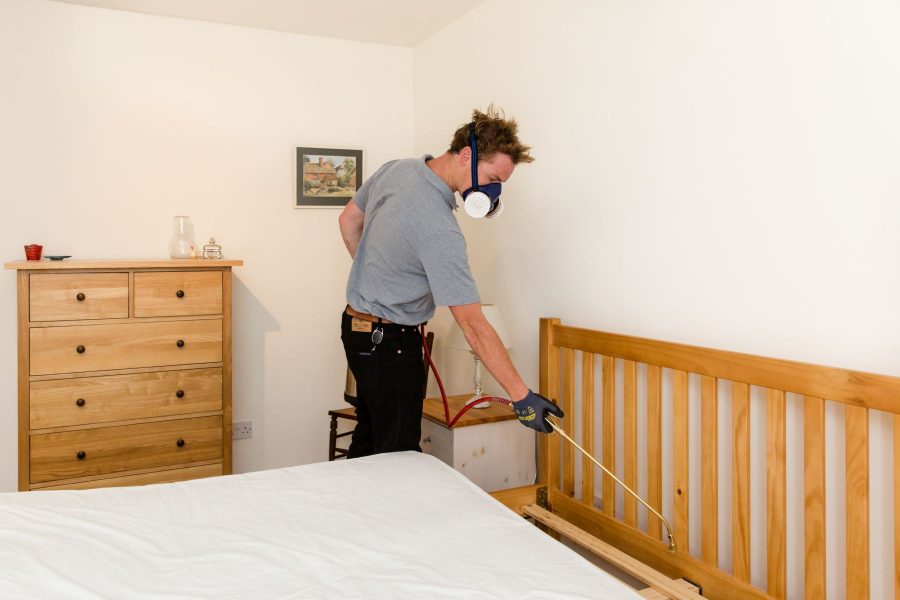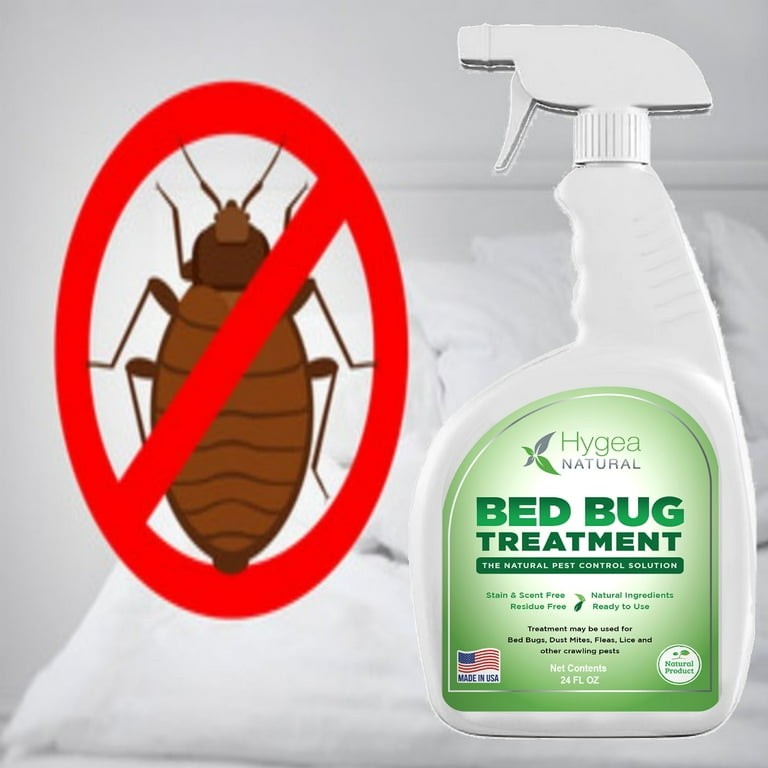Leading Kings Cincinnati Pest Control Services: Exterminator Expertise
Leading Kings Cincinnati Pest Control Services: Exterminator Expertise
Blog Article
Kinds Of Insect Control: Which Method Is Right for Your Invasion?
When confronted with a parasite problem, the choice of a proper method for insect control is crucial in properly handling the circumstance. From chemical therapies to biological services, there exists a range of strategies that can be used to deal with different kinds of insects. Each approach includes its own collection of factors to consider and advantages, making the decision-making procedure a nuanced one. Recognizing the subtleties of each approach and evaluating their compatibility with the particular insect problem handy is necessary for attaining long-lasting success in pest monitoring. By exploring the various kinds of pest control techniques available, people can make enlightened decisions customized to their distinct circumstances, making sure a more effective and sustainable end result in insect elimination.
Chemical Parasite Control
Chemical parasite control entails the use of artificial or normally obtained chemicals to take care of and eliminate pest populaces successfully. This technique is generally utilized in agriculture, forestry, and domestic settings to combat a large range of pests, including rodents, weeds, and insects. Making use of chemical pesticides can supply fast and targeted services to pest invasions, making it a prominent choice for numerous individuals and companies.
Among the essential advantages of chemical parasite control is its capability to swiftly eliminate bugs, reducing the threat of damage to crops, residential property, and human wellness. By utilizing certain chemicals that target particular pests, this method can effectively manage invasions while reducing harm to valuable microorganisms and the setting when applied correctly.
Nonetheless, the usage of chemical parasite control additionally elevates concerns concerning possible adverse effects on non-target types, water resources, and human health. It is vital to follow safety and security standards, use chemicals sensibly, and think about different parasite control methods to lessen these risks and make sure sustainable bug monitoring techniques.
Biological Insect Control
Biological pest control, likewise referred to as biocontrol, uses living microorganisms to handle and decrease insect populaces normally. This approach utilizes the power of nature to manage parasites without the need for synthetic chemicals. Biocontrol can involve the introduction of all-natural enemies of the bug species, such as predators, pathogens, or parasites, to reduce insect populations. By making use of the parasite's all-natural killers or virus, biological insect control uses a sustainable and environmentally pleasant option to pest administration.

Mechanical Parasite Control
Utilizing hands-on and physical methods to take care of insect populaces, mechanical bug control provides an alternate technique that does not count on using living organisms or artificial chemicals. This approach includes the usage of obstacles, catches, or other gadgets to literally hinder or get rid of bugs. By obstructing parasite entry look at here points or establishing up traps to catch them, mechanical bug control can effectively minimize problems without presenting chemicals right into the atmosphere.
One usual example of mechanical pest control is making use of mesh displays on doors and windows to avoid pests from getting in buildings. This easy yet effective approach serves as a physical obstacle, keeping bugs out while enabling for correct air flow. Additionally, gadgets like mousetraps, fly swatters, and ultrasonic repellents fall under the mechanical parasite control classification.
While mechanical insect control browse this site approaches can be labor-intensive and require routine tracking and upkeep, they supply a sustainable and eco-friendly solution for taking care of parasite invasions. By incorporating different mechanical strategies, homeowner can develop a detailed pest control technique that decreases reliance on chemical pesticides.
Physical Pest Control

Some usual physical bug control methods include the usage of obstacles such as webs or displays to protect against pest entry, traps to catch and remove insects, and hand-picking to literally eliminate parasites from plants or frameworks. Furthermore, strategies like warmth treatments can be utilized to regulate parasites like bed bugs by increasing the temperature level to levels that are dangerous to the bugs.
Physical bug control is specifically valuable in incorporated pest administration (IPM) methods, where several pest control techniques are combined for reliable pest monitoring while reducing making use of chemicals. By using physical insect control strategies, individuals can efficiently resolve pest infestations with marginal environmental effect.
Integrated Bug Management
When carrying out physical parasite control techniques as part of insect management approaches, Integrated Insect Management (IPM) arises as a detailed strategy that leverages numerous methods to efficiently manage pest populaces. IPM concentrates on long-lasting avoidance of bugs through a mix of organic, cultural, physical, and chemical devices customized to certain insect concerns. By integrating multiple control techniques, IPM aims to reduce the risks associated with parasites while likewise lowering dependence on chemical solutions.
One secret aspect of IPM is the focus on tracking and assessing pest populaces to identify the most appropriate control techniques. This proactive strategy enables very early treatment and targeted techniques, leading to a lot more reliable insect administration. In addition, IPM promotes eco pleasant techniques by focusing on non-chemical control techniques and only making use of pesticides as a last resource.
Conclusion

By making use of the pest's natural predators or microorganisms, organic parasite control provides a lasting and eco pleasant solution to pest management. - Kings pest control Cincinnati Ohio
Utilizing physical and hands-on approaches to handle insect populaces, mechanical parasite control supplies an alternate approach that does not count on the use of living microorganisms or artificial chemicals.An effective method to handling parasite populaces without depending on chemical or organic methods includes the use of physical bug control strategies.When executing physical insect control methods as part of pest monitoring techniques, Integrated Bug Management (IPM) arises as a comprehensive approach that leverages different techniques to successfully manage pest populaces. Chemical insect control includes the use of pesticides, biological parasite control makes use of all-natural predators, mechanical insect control entails physical obstacles, physical insect control consists of trapping or getting rid of insects, and integrated parasite management integrates multiple methods for an alternative method to pest control.
Report this page